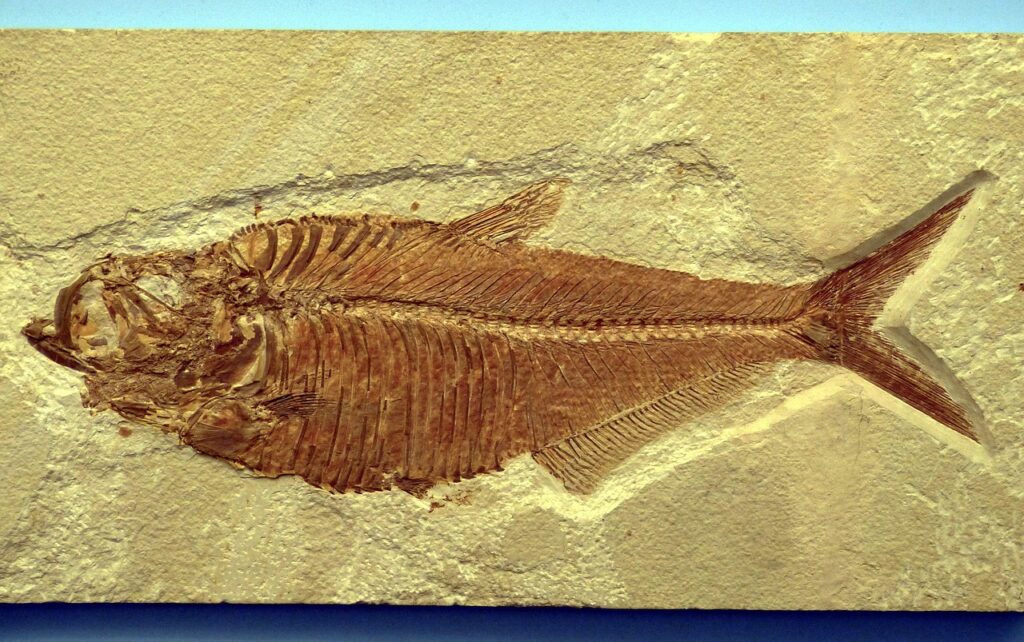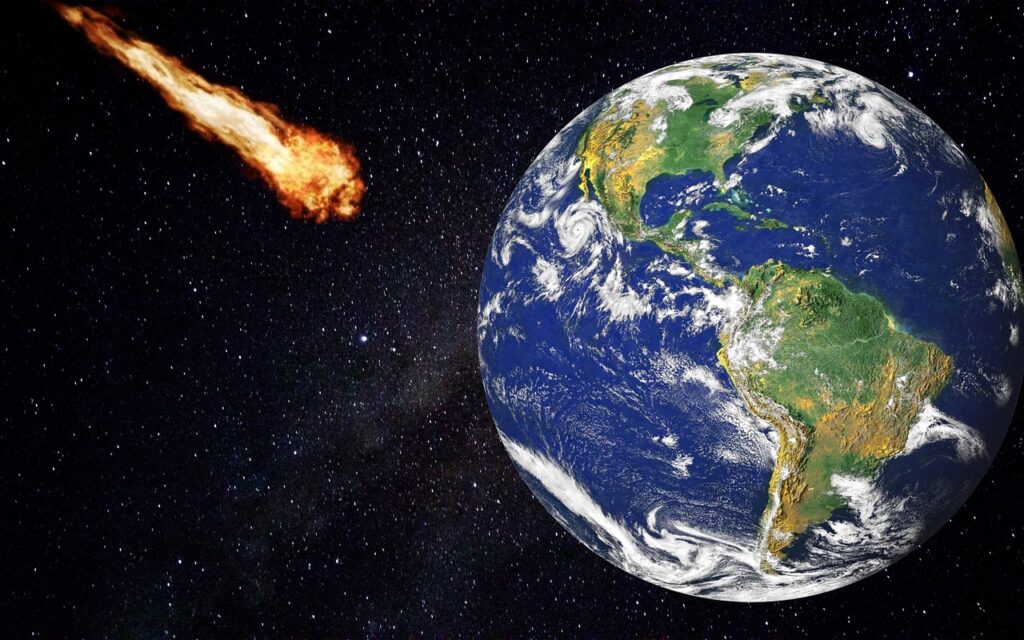Picture a world where your personality doesn’t just shape your daily interactions or career choices, but actually determines how well your essence would be preserved in stone for future generations to discover. What if the cosmic patterns embedded in our psyches had physical weight, creating lasting imprints that could survive millions of years? This fascinating thought experiment bridges the gap between ancient wisdom and geological science, exploring how different archetypal personalities might fare in the unforgiving process of fossilization.
Archetypes are universal themes of human life. Carl Jung defined these archetypes as symbols of basic human motivations, that drive our desires and goals. Just as fossils require specific conditions to survive through time, certain personality patterns might possess qualities that make them more likely to leave lasting traces in the geological record. Let’s dive into this intriguing exploration of which archetypes would create the most enduring fossil imprints.
The Hero: Built for Eternal Preservation
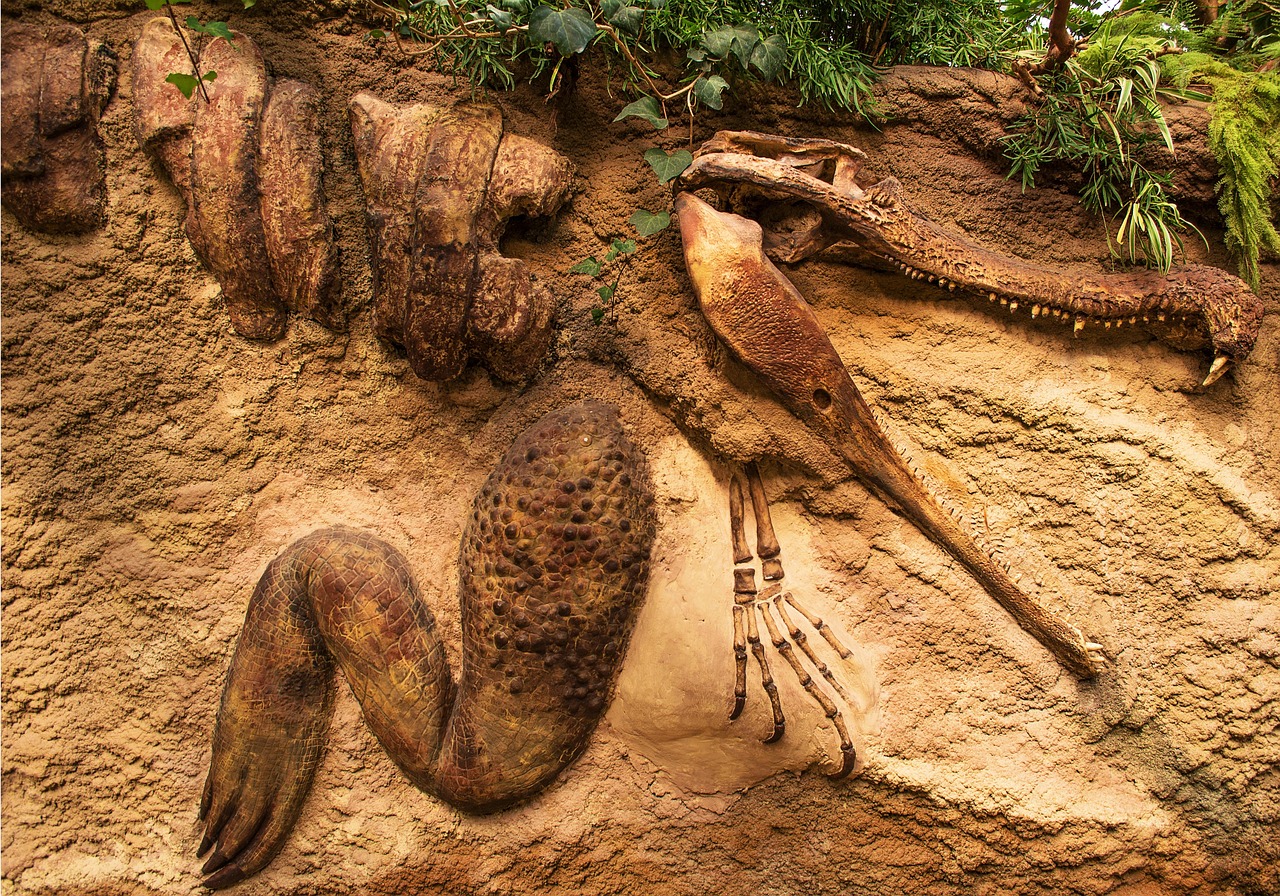
The minerals that make up bones and shells and other hard parts are usually highly resistant to biological decay and physical weathering. Because they are already made of geologically resistant minerals, hard parts have a much higher likelihood of making it to the burial stage of the fossilization process. The Hero archetype possesses these exact metaphorical “hard parts” that would translate perfectly to fossil preservation. Key archetypes include the Hero, the Shadow & the Anima/Animus, each representing different aspects of the psyche. Understanding these archetypes can provide insights into personal development & help navigate life’s challenges.
Heroes naturally gravitate toward situations that would favor fossilization. Their tendency to face danger head-on often places them in dramatic circumstances where rapid burial might occur. Picture a Hero archetype charging into battle near a riverbank, or exploring dangerous cave systems where landslides are common. Their bold actions frequently occur in depositional environments like floodplains or coastal areas, exactly the settings where fossil formation thrives.
The Hero’s psychological resilience mirrors the durability required for fossil preservation. Some organisms, especially those with hard parts like shells, bones, and teeth, are far more likely to fossilize than soft-bodied organisms, which require exceptional conditions to be preserved. Heroes possess an internal fortitude that would translate to the kind of structural integrity needed to withstand the pressures of geological time.
The Warrior: Forged Under Pressure
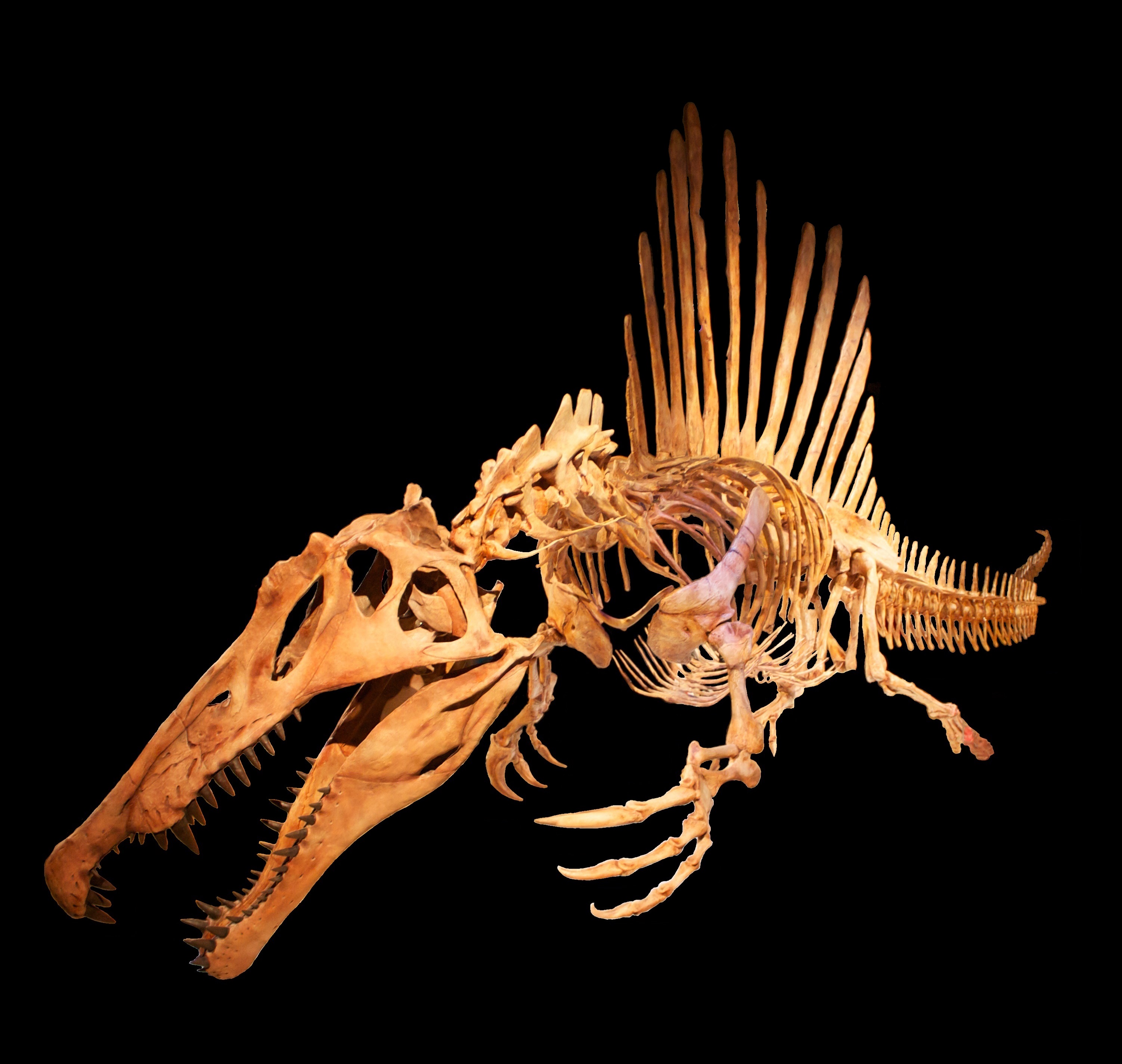
Warriors embody the perfect storm of conditions necessary for exceptional fossil preservation. Ancient archetypes – Heroes, Warriors, and Martyrs – may be biologically imprinted in our DNA. Science, psychology, and epigenetics reveal the roots of human behavior. Their lifestyle naturally exposes them to the rapid burial scenarios that paleontologists recognize as ideal for fossilization.
The Warrior archetype thrives under extreme pressure, both literally and figuratively. Fossilization requires three conditions: 1) The organism must have hard parts like bones or shells. 2) The remains must avoid immediate destruction after death. 3) Rapid burial is needed in sediment that prevents decomposition. Warriors often find themselves in situations where all three conditions align perfectly. Battle sites near rivers, conflicts in swampy terrain, or warriors who fall in areas prone to volcanic ash deposits would create ideal fossilization scenarios.
Their mental toughness translates to the kind of structural stability that would preserve well in sedimentary layers. Warriors don’t break easily, and this psychological hardness would manifest as the mineral stability needed to survive millions of years of geological processes.
The Caregiver: Protected by Devotion
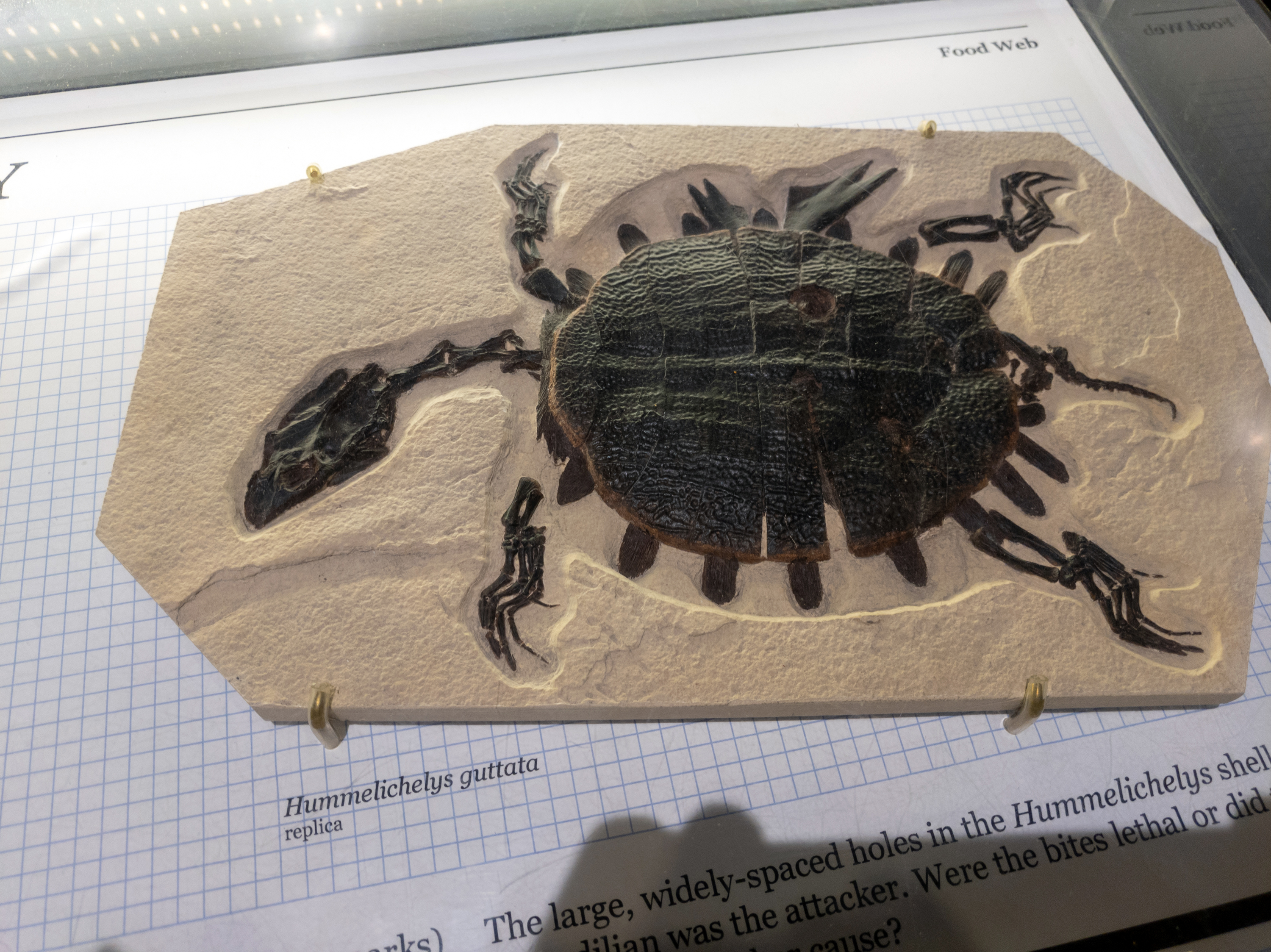
The Caregiver archetype might seem an unlikely candidate for fossil preservation, yet their nurturing nature creates unique advantages in the fossilization process. The highest mean for Caregiver were the types ESFJ and ENFJ. The lowest means were INTP and INTJ. Caregivers often surround themselves with others, and group burials frequently offer better preservation conditions than isolated remains.
Preservation potential increases in aquatic environments, low oxygen environments and locations with high sedimentation rates. Some aquatic ecosystems (like Fossil Lake) have a greater preservation potential than others. Caregivers naturally gravitate toward life-sustaining environments like fertile valleys, lake shores, and river communities. These same settings happen to be optimal for fossil formation due to their high sedimentation rates and protective burial conditions.
Their protective instincts often lead Caregivers to seek shelter during disasters, which ironically places them in caves, buildings, or other structures that could create protective microenvironments during catastrophic burial events. The very traits that make them nurturing in life would shield their remains from destructive forces after death.
The Explorer: Venturing into Preservation Zones

Explorers possess an inherent advantage in fossil preservation due to their wanderlust and risk-taking behavior. The remains of organisms are typically only fossilized in depositional environments where sedimentation – and therefore burial – is frequent. Examples of common depositional environments are lakes, river deltas, and ocean basins. Organisms that live in these types of environments – or are transported to these types of environments soon after death – are much more likely to be preserved as fossils than organisms that live elsewhere.
Explorers naturally seek out these exact environments in their adventures. They’re drawn to remote lakes, river valleys, coastal regions, and other geological features that happen to be prime fossil formation sites. Their curiosity about natural phenomena often leads them directly into areas with active sedimentation processes.
The Explorer’s adventurous spirit frequently results in them being far from civilization when death occurs, reducing the likelihood of body recovery and increasing chances of natural burial. Their tendency to travel light and adapt to harsh conditions mirrors the simplicity that aids fossil preservation, with fewer external artifacts to complicate the fossilization process.
The Sage: Wisdom Preserved in Stone
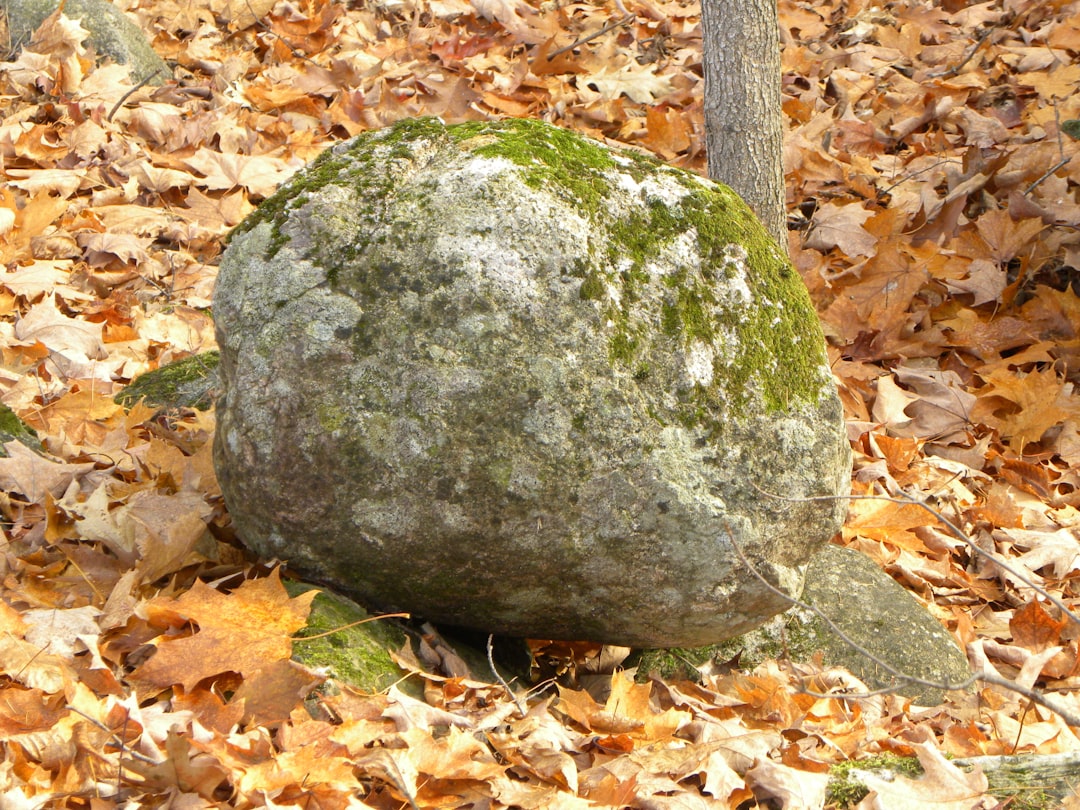
The Sage archetype brings a unique perspective to fossil preservation through their contemplative nature and preference for secluded environments. Common archetypes identified by Jung include the Hero, the Mother, the Father, the Child, the Wise Old Man, the Trickster, the Shadow, the Anima/Animus, and more. These archetypes represent different qualities and energies. The Wise Old Man represents accumulated knowledge that naturally seeks preservation.
Sages often retreat to quiet, isolated locations for contemplation, many of which happen to offer excellent conditions for fossilization. Mountain caves, lakeside retreats, and forest clearings provide the stable, low-energy environments that preserve remains when they are buried rapidly in an oxygen-free, low-energy sedimentary environment. Since these conditions are uncommon, the preservation of soft tissue rarely happens.
Their sedentary lifestyle and advanced age often mean Sages spend their final years in one location, increasing the likelihood that their remains will be found in an environment conducive to preservation. The wisdom they’ve accumulated creates a psychological density that might translate to better structural integrity during the fossilization process.
The Ruler: Command Over Preservation Conditions
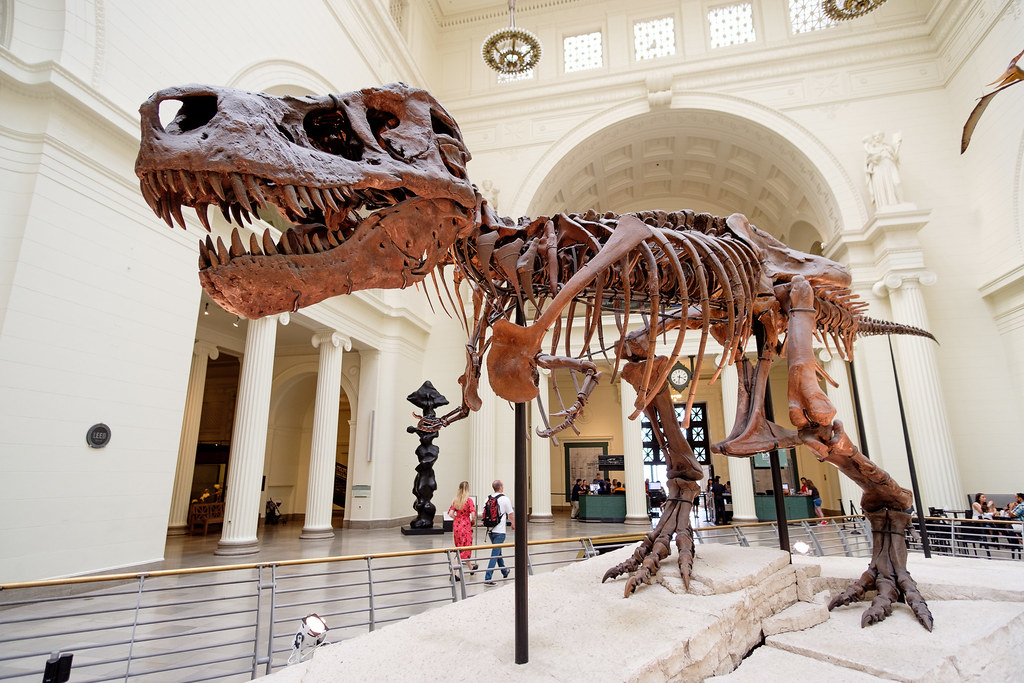
Rulers possess unique advantages in fossil preservation due to their control over resources and strategic thinking. In general, organisms that live in or near depositional environments have much better fossil records than organisms that live far from such habitats. Rulers often establish their domains in fertile valleys, river deltas, and coastal plains, exactly the environments where fossil formation is most likely to occur.
Their position of power means Rulers typically have access to better nutrition and healthcare, often resulting in larger, more robust physical forms that would preserve better as fossils. The monuments and structures they build often alter local geological conditions in ways that could enhance preservation, creating artificial depositional environments around their settlements.
Rulers frequently engage in elaborate burial practices and are often interred with protective materials that could aid in fossilization. Their commands can literally reshape landscapes, potentially creating the anoxic conditions and rapid burial scenarios that produce the best fossil preservation.
The Creator: Artistic Durability Meets Geological Time
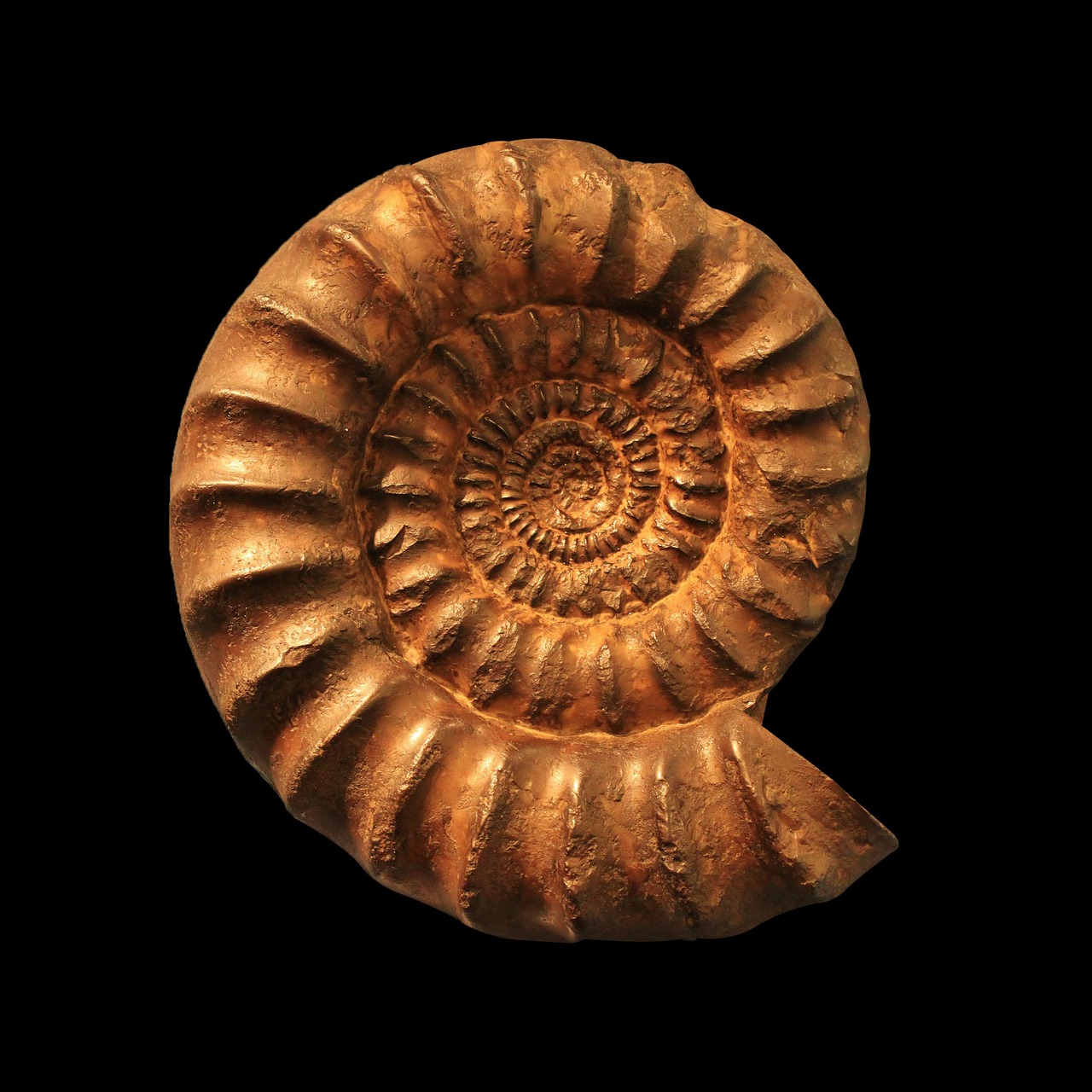
The Creator archetype brings a fascinating dimension to fossil preservation through their relationship with materials and lasting works. Creator. Types dominant in Intuition lead in the scale means for Creator, as would be predicted: ENFP and ENTP. Their intuitive understanding of materials and processes might translate into better fossilization outcomes.
Creators often work with durable materials like stone, metal, and clay, suggesting an affinity for the mineral stability required for fossil preservation. Their artistic endeavors frequently involve techniques similar to fossilization processes, such as casting, molding, and preservation methods. This natural understanding of material transformation could manifest as better preservation of their own remains.
The Creator’s tendency to leave behind multiple works means their legacy already exists in durable forms. This pattern of creating lasting artifacts might extend to their biological remains, with their creative energy somehow imprinting itself into the fossilization process to ensure better preservation.
The Magician: Transformation Through Time
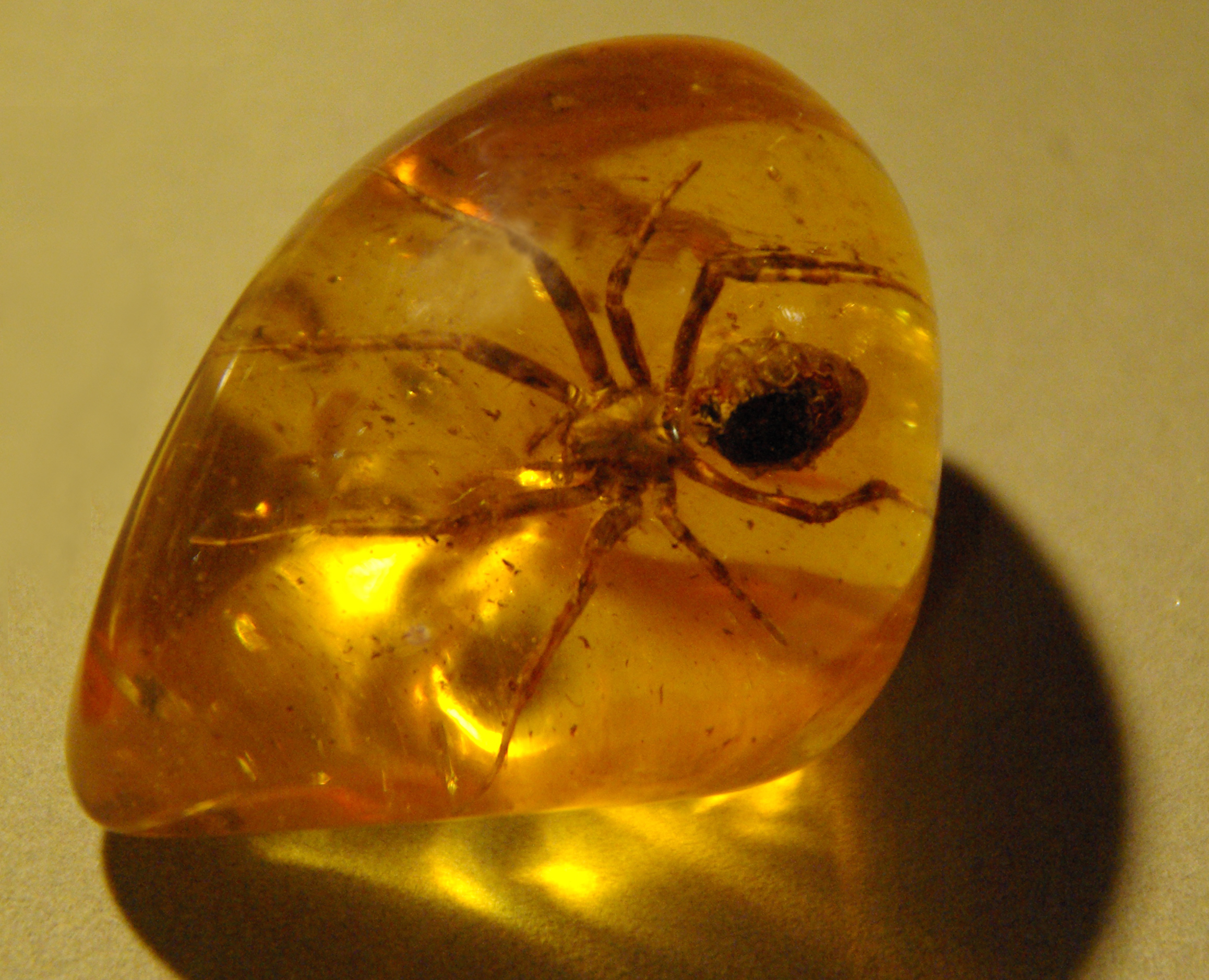
Magicians represent transformation and change, qualities that seem counterintuitive to fossil preservation yet might actually enhance it. The fluids interact with buried fossils and may completely dissolve the original mineral or organic material, replacing it with different ions that precipitate from the circulating fluids. Common replacement minerals include silica and pyrite. Often, much of the detail of the original organism can be preserved via replacement. The Magician’s comfort with transformation mirrors these natural fossilization processes.
Their understanding of natural forces and cycles might position them to recognize and even seek out conditions favorable for preservation. Magicians often retreat to places of power like caves, springs, and other geological features that happen to offer excellent fossilization conditions. Their knowledge of natural processes could lead them to intuitively understand what environments would preserve their essence.
The Magician’s ability to work with invisible forces suggests they might harness the very energies involved in mineralization and replacement processes that create the best fossils. Their transformative nature doesn’t fight against fossilization but works with it, potentially resulting in remarkably well-preserved remains.
The Innocent: Pure Preservation
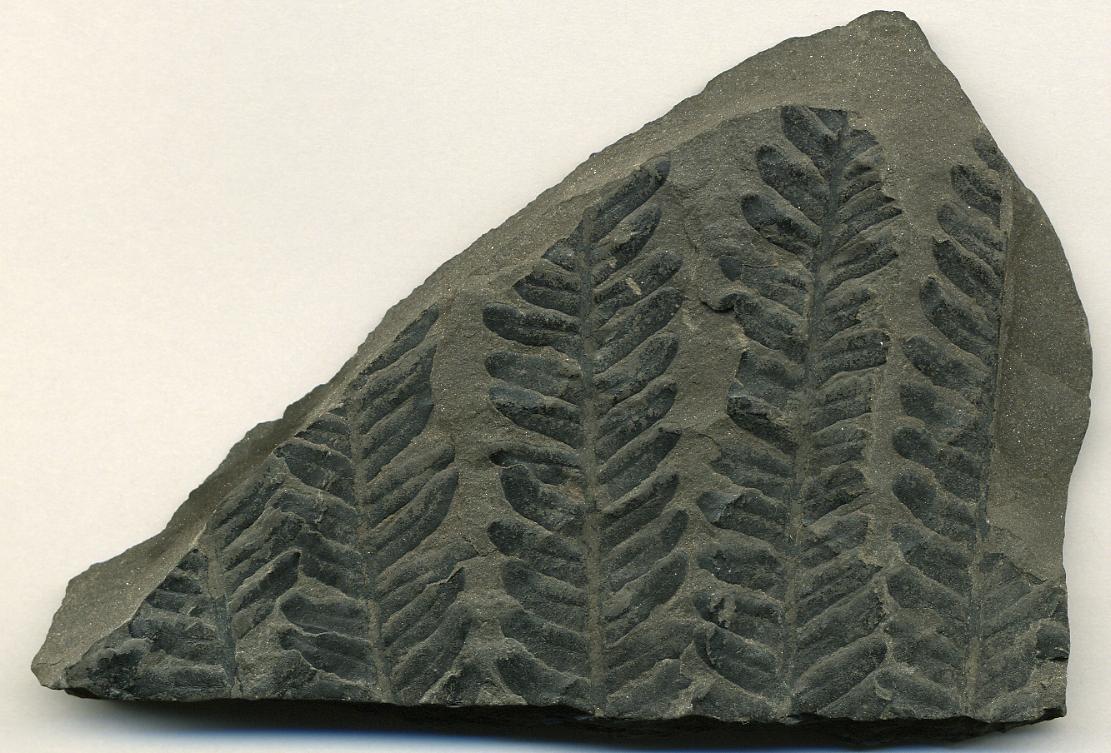
The Innocent is also known as: Utopian, traditionalist, naive, mystic, saint, romantic, dreamer. The Innocent archetype possesses qualities that might seem too delicate for fossilization, yet their purity and simplicity could actually enhance preservation. Carbonization is the most common preservation of soft parts. The tissue undergoes carbonization or distillation in which the volatile components (oxygen, hydrogen, and nitrogen) of the original organic substanc
Innocents often live in harmony with natural environments, choosing locations near clean water sources and fertile lands that coincidentally offer excellent conditions for fossil formation. Their lifestyle typically involves minimal chemical contamination or artificial substances that might interfere with natural preservation processes.
The Innocent’s trusting nature might lead them to remain calm during catastrophic events, reducing stress-related chemical changes that could negatively impact fossilization. Their pure essence could translate to cleaner, more complete fossilization with fewer complications from lifestyle-related degradation.
The Lover: Bonds That Transcend Time
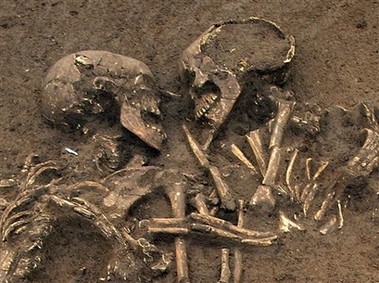
The Lover archetype brings emotional intensity and connection that might seem ephemeral yet could enhance fossil preservation through group dynamics. Lover. As we would predict, Lover mean scores were distinguished on the preferences for Thinking and Feeling with the highest means in Feeling. The two highest types represented are ISFP, a gentle, sympathetic soul, and ENFJ, an outgoing, compassionate and supportive person.
Lovers rarely die alone, and group burials often offer better preservation conditions than isolated remains. Their tendency to live in close-knit communities creates scenarios where multiple individuals might be buried together during catastrophic events, providing mutual protection during the fossilization process.
The intense emotional bonds Lovers form might manifest as a kind of psychological preservation field, their devotion creating the stable conditions needed for long-term preservation. Their passionate nature suggests they live fully in each moment, potentially creating the kind of life force that translates into stronger structural integrity after death.
The Jester: Surprising Resilience in Preservation

The results for this archetype also fell along the Extraverted–Introverted preference pair, with Extraverted types scoring higher means. INFP is the only Introverted type among those with a higher mean for Jester. The highest Jester means are for ESTP and ENFP, two of the most jovial, outgoing, pleasure-seeking party types. The Jester’s adaptability and humor might seem incompatible with fossilization, yet these very qualities could enhance their preservation prospects.
Jesters are natural survivors who adapt to any situation, including the extreme conditions that lead to fossilization. Their flexibility and resilience suggest they could withstand the physical stresses involved in the fossilization process better than more rigid personality types. Their ability to find lightness in dark situations might translate to maintaining structural integrity under pressure.
The Jester’s tendency to gather crowds means they often die in group settings that favor preservation. Their entertaining lifestyle frequently takes them to gathering places near water sources and fertile areas, exactly the depositional environments where the best fossils form.
The Orphan: Preserved Through Struggle
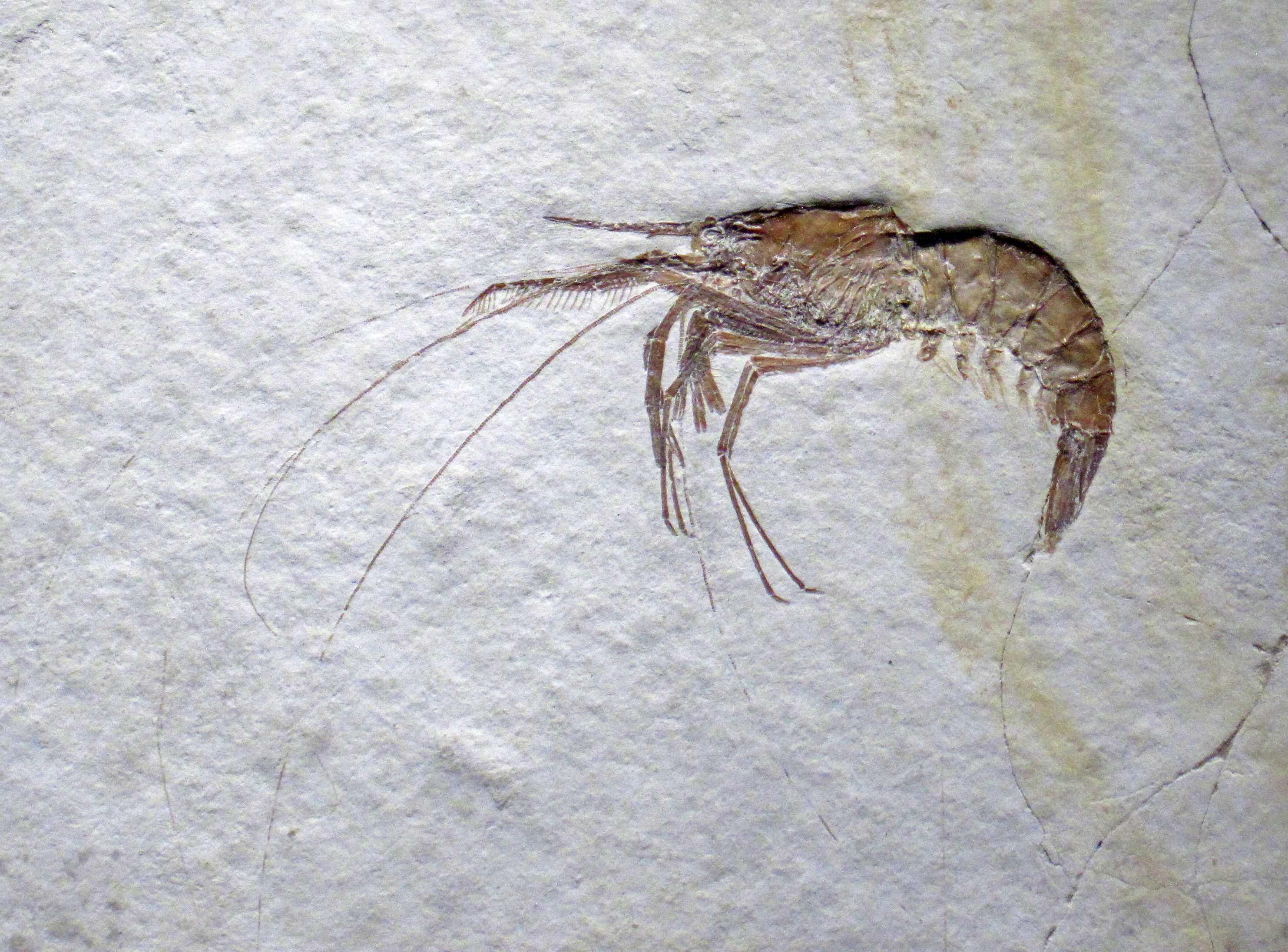
The Orphan archetype develops exceptional resilience through adversity, creating internal strength that could translate remarkably well to fossil preservation. The best way to ensure an organism’s preservation would be if the creature was large, with lots of hard body parts, and if the creature was immediately and completely buried in a swamp or a lake. After that, cold and dry conditions would be best. While Orphans may not have size advantage, their psychological hardness compensates.
Their survival instincts often lead Orphans to seek shelter in caves, ruins, or other protected environments that could become excellent preservation sites. Years of hardship create the kind of mental toughness that might manifest as physical durability during fossilization processes.
Orphans typically live in marginal environments that others avoid, many of which happen to be areas where rapid burial and anoxic conditions occur naturally. Their ability to survive in harsh conditions suggests they possess the resilience needed to maintain integrity through the fossilization process.
Conclusion: The Eternal Imprint of Character
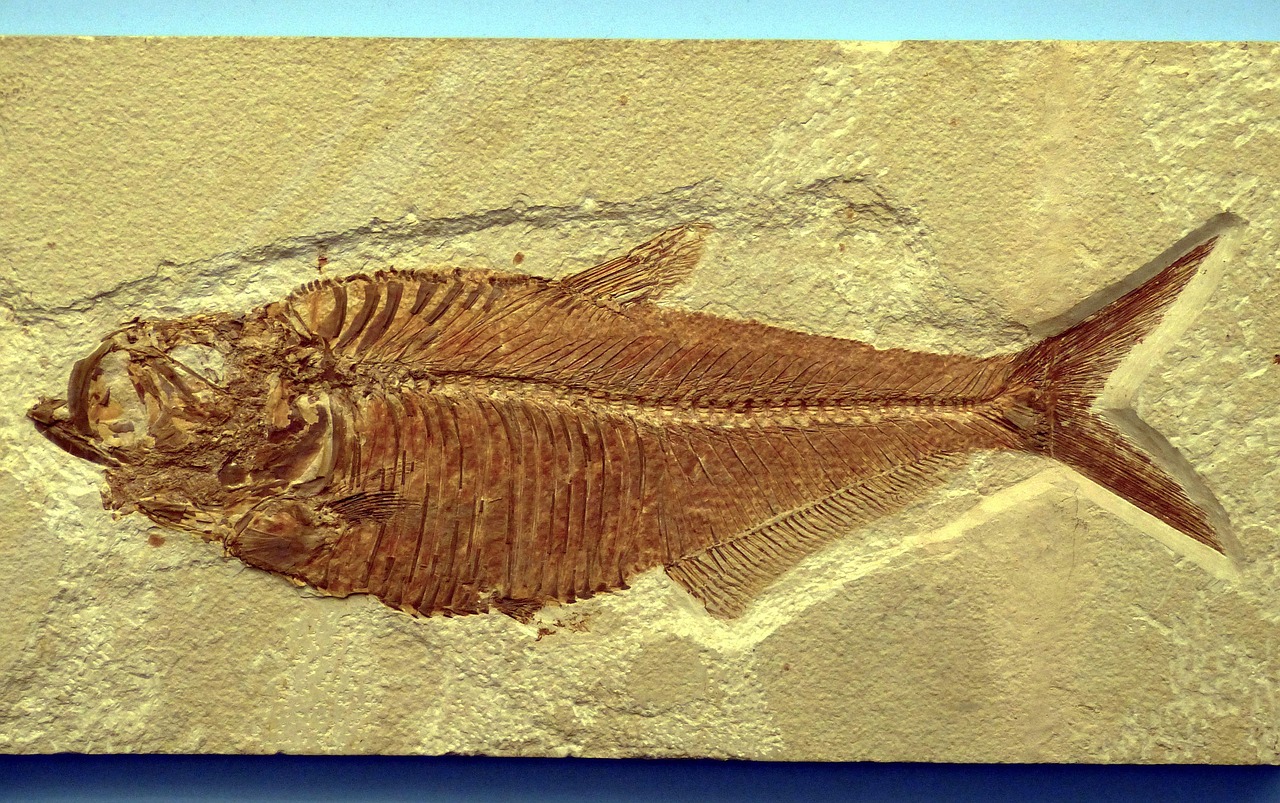
The intersection of personality archetypes and fossil preservation reveals fascinating insights into how psychological patterns might influence our lasting physical legacy. If archetypes are encoded in our DNA, they represent a bridge between biology and psychology. This encoding ensures the transmission of essential behavioral strategies across generations, while environmental influences shape their expression. The universality of archetypes underscores their evolutionary significance, reflecting deep-seated mechanisms that govern human behavior and identity.
From the Hero’s structural integrity to the Warrior’s pressure resistance, from the Explorer’s environmental positioning to the Magician’s transformative harmony with natural processes, each archetype brings unique advantages to the fossilization lottery. The qualities that define us in life, our deepest motivations and behavioral patterns, might indeed echo through geological time, creating imprints that future civilizations could decode to understand the human psyche.
Perhaps the most intriguing possibility is that our archetypal patterns don’t just influence how we live, but how our essence might survive beyond death, encoded not just in stories and memories, but in stone itself. What do you think about this cosmic connection between personality and preservation? Tell us in the comments.

